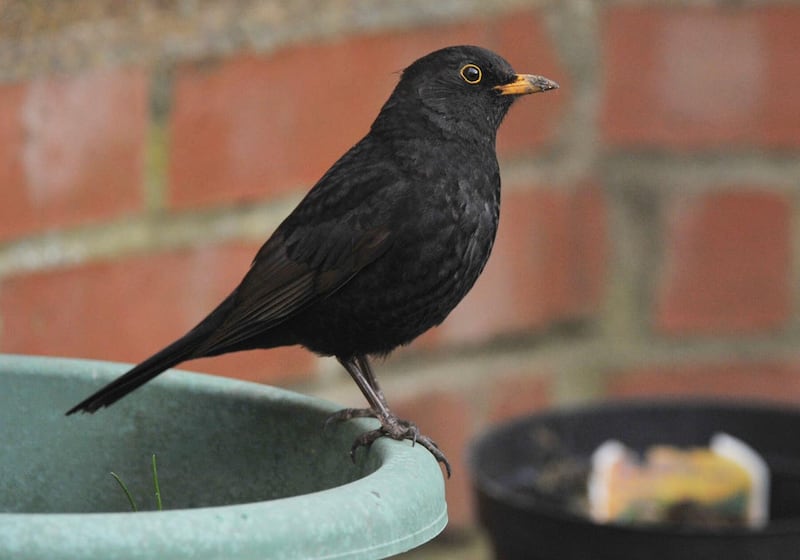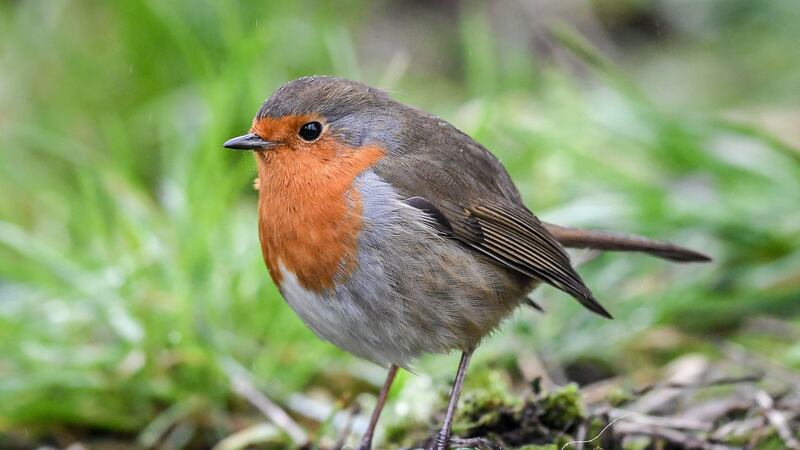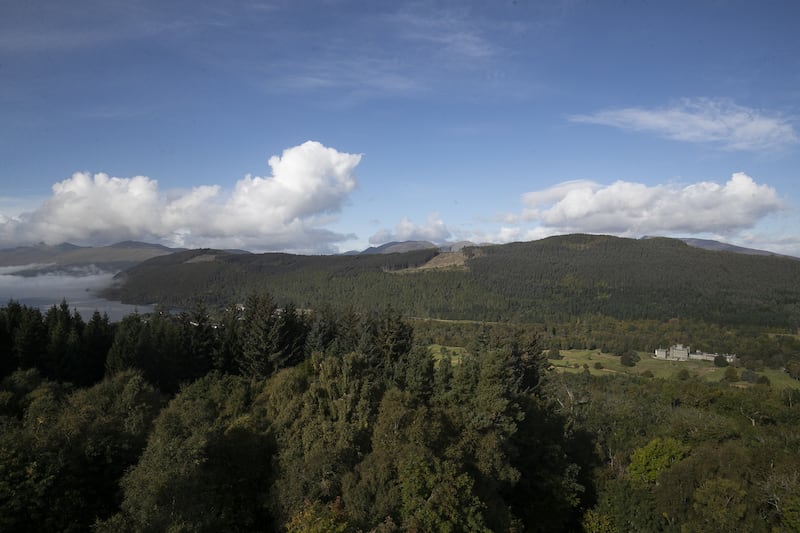Most migratory birds are dispersing seeds in the wrong direction when it comes to helping European woodland plants cope with climate change, according to scientists.
An international team of researchers have found that only a handful of common bird species such as robins, blackbirds and thrushes – which migrate northwards in spring – are carrying seeds to regions where temperatures are cooler.
In contrast, they said, a majority of seeds from European plant species are being dispersed towards the south, where the climate is warmer.
As global temperatures continue to rise, experts believe that moving to cooler regions will help plants and other species survive climate change.
In their findings, published in the journal Nature, the team warn that the future composition of many European woodlands may be in jeopardy, as many plants could fail to move fast enough to keep up with changing conditions.
Dr Benno Simmons, of the University of Exeter – who is one of the study authors, said: “Under climate change, species redistribute themselves to track suitable climate conditions.
“As plants cannot move themselves, they require species like birds to disperse their seeds to new areas.
“We wanted to know how well migratory birds might be able to do this.
“We found that northward dispersal to cooler areas is done by only a small number of migratory bird species, some of which are under hunting pressure.
“Our study emphasises the importance of these species for helping European plant communities experiencing climate change.”
Birds ingest viable seeds while eating fruit, which can then travel hundreds of miles before being excreted in a different location.
This method of dispersal of seeds depends on whether the timing of fruit production coincides with a bird’s southward trip to warmer regions around the Equator, or northward to cooler regions.
For their study, the researchers examined 13 woodlands across Europe, including a total of 949 interactions between 46 bird and 81 plant species.

The found that just 35% of the plants from these plant communities are dispersed by birds that migrate northwards in spring, while 86% are dispersed by birds migrating to warmer areas in autumn.
The researchers said that Palearctic species – such as robins, blackcaps, blackbirds and various species of thrushes – have the greatest potential to disperse European plants to cooler regions.
However, the team warned that these small group of migratory bird species are under hunting pressure.
Lead author Juan Pedro Gonzalez-Varo, of the University of Cadiz in Spain, said: “Although these are common species, the potential for seed dispersal to the north lies with only a handful of species, some of them heavily hunted in the Mediterranean Basin, both legally and illegally.
“We believe that our study gives added value to these species, since they would be responsible helping European plant communities respond to climate change.”







